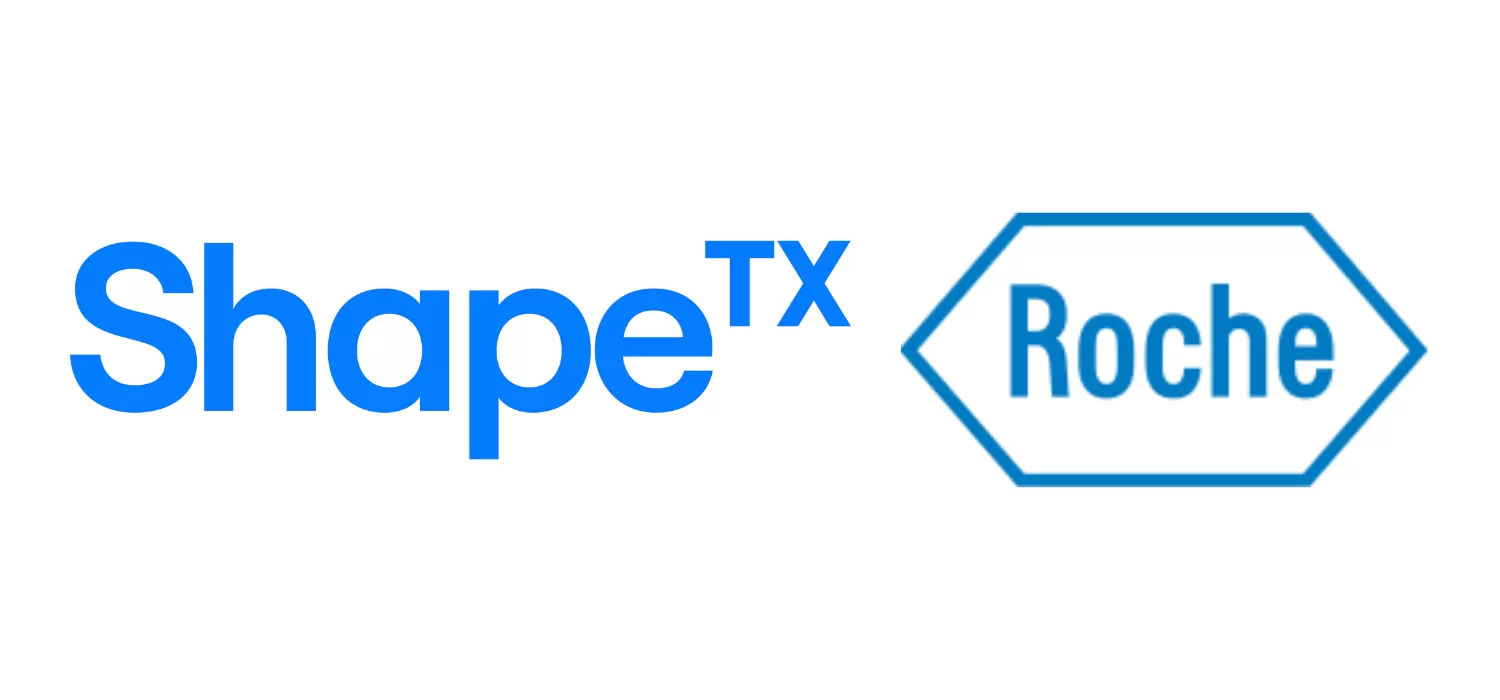A Company working on a Rett Curative Therapy is Getting Backed by a Pharmaceutical Powerhouse

Shape Therapeutics (ShapeTX) is one of the seven biopharmaceutical companies taking aim at the root cause of Rett Syndrome. The companies are using a variety of strategies with the same end goal of boosting levels of the MECP2 protein. ShapeTX is pursuing an RNA editing strategy, which would allow the body to correct the errors caused by mutated DNA when it creates healthy MECP2 protein.
In late August, ShapeTX announced a partnership with Roche, a global health care company, to discover and develop new therapies by applying ShapeTX’s technology platform for certain targets in the areas of Alzheimer’s disease, Parkinson’s disease, and rare diseases. In RSRT’s experience, small companies like ShapeTX excel at innovation and creativity when it comes to discovering novel treatments for diseases. On the flip side, heavy-hitters like Roche have financial capabilities, drug development tools and people-power, so when two companies like this team up it can mean a whole new layer of knowledge and resources gets added to tackling a disease. The fact that Roche has chosen to invest its extensive resources in ShapeTX underscores the confidence that RSRT has in ShapeTX’s technology and drug discovery capabilities.
Because the Rett program is at the top of ShapeTX’s list of priorities, we wanted to understand how the Roche partnership would affect the work that ShapeTX is doing on Rett, so RSRT CEO Monica Coenraads asked some questions of ShapeTX CEO Francois Vigneault. Here’s what we learned.
What resources does the Roche collaboration bring to ShapeTX?
Roche has a growing global leadership position in gene therapy and has deep clinical development experience, especially in neuroscience. This collaboration brings together experts from Roche and ShapeTX to develop and deploy ShapeTX’s next-generation RNA-based gene therapies. Along with our recent $112 million Series B financing, the financial resources from this collaboration will enable us to build out additional infrastructure and hire essential employees to accelerate the development of our technologies towards the clinic, which will positively impact our efforts in our entire pipeline, including our internal Rett program.
How does the collaboration affect the Rett program?
The collaboration with Roche is centered on Alzheimer’s, Parkinson’s and a few other undisclosed genetic diseases. Thanks to the partnership with Roche, ShapeTX is able to fund these programs without having to shift resources dedicated to our internal Rett efforts. The added resources from this Roche partnership will also benefit the overall development of our technology platforms, which in turn will likely have an indirect positive impact on our Rett program. Rett syndrome remains front and center to ShapeTX’s mission to tirelessly develop breakthrough payloads, delivery and manufacturing technologies to benefit the Rett scientific community, patients, and families living with this challenging disease.
One of the exciting things about ShapeTX is that you’re developing a proprietary technology to address the delivery of genetic treatments to brain cells, and I understand you’re optimistic about these efforts. Can you share your thoughts on what’s happening with brain-delivery capabilities?
[Editor’s note: One of the biggest challenges with genetic-based therapy is delivering the therapeutic to the brain. The current gold standard is packaging the therapeutic into a non-harmful virus called an AAV9 vector, which acts as a Trojan horse.]
We continue to make advances in the discovery of AAVs with optimized delivery to target tissues, including the central nervous system, which will benefit our Rett efforts. Our AAVid™ platform has enabled the identification of a first set of approximately 1000 central nervous system-specific capsids (the shell of a virus, which serves as the packaging for therapeutic delivery to the brain). This was accomplished by screening 1.7 billion unique capsid variants in non-human primates. We are currently in secondary screening in non-human primates to identify the final set of lead candidates that could benefit delivery of various types of gene therapy useful for ShapeTX and the broader scientific community. In addition, our proprietary human stable cell line enables scalable and reproducible viral production, hopefully leading to a higher quality product. The goal is to make higher quality AAVs so we can deliver lower doses, with the potential to improve the safety profile for these products across the industry.


